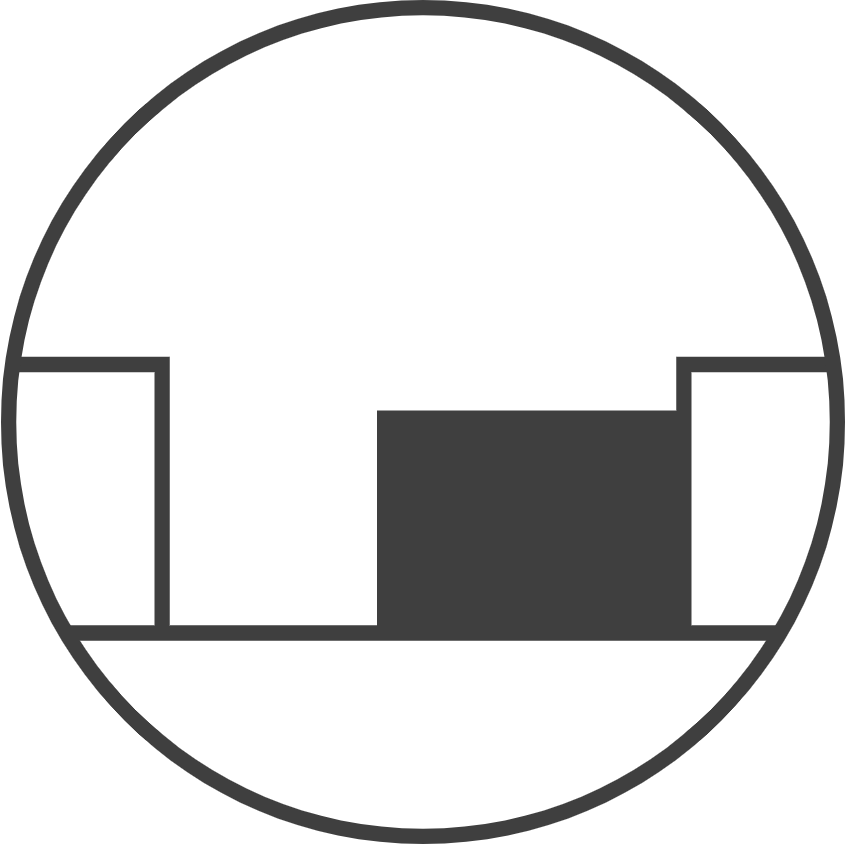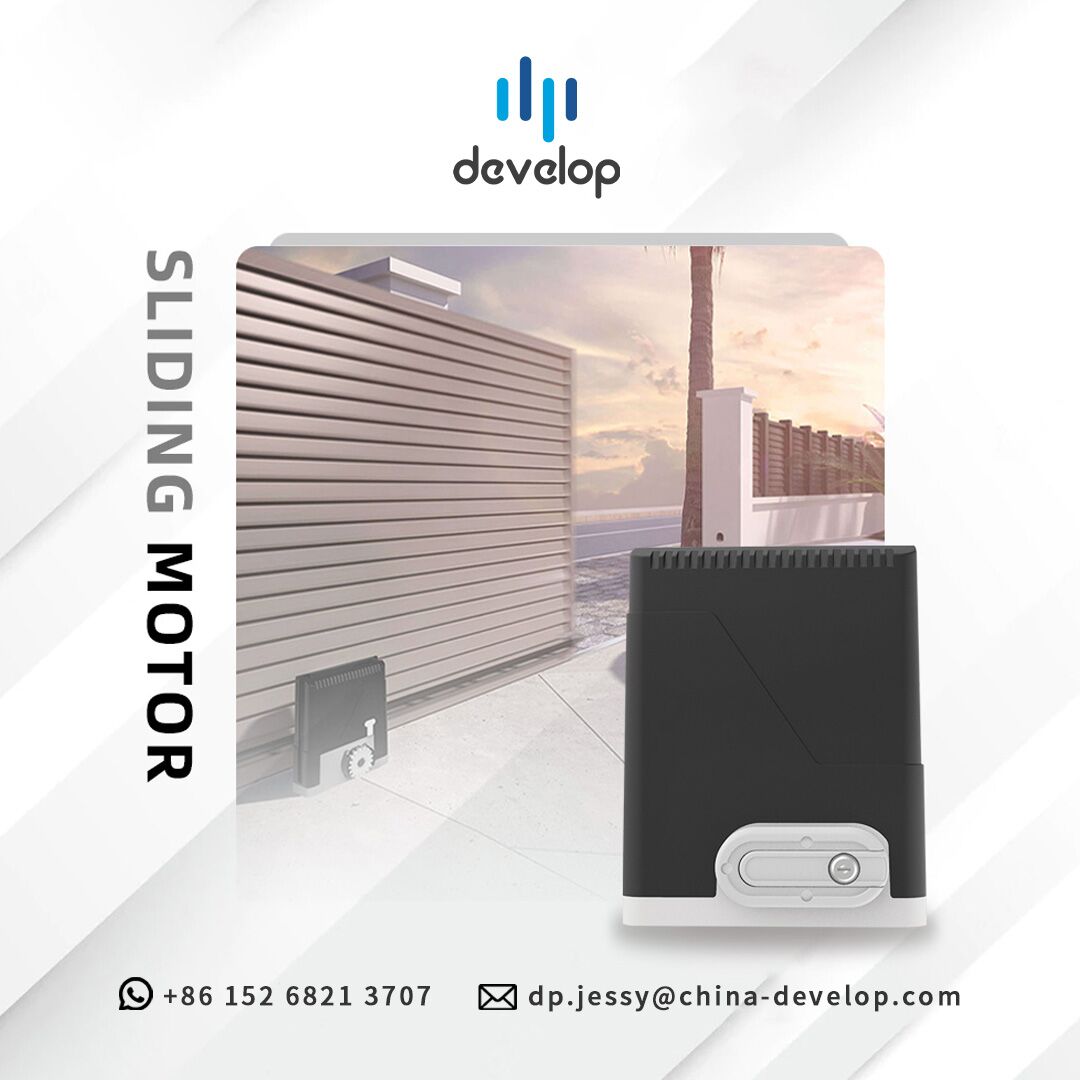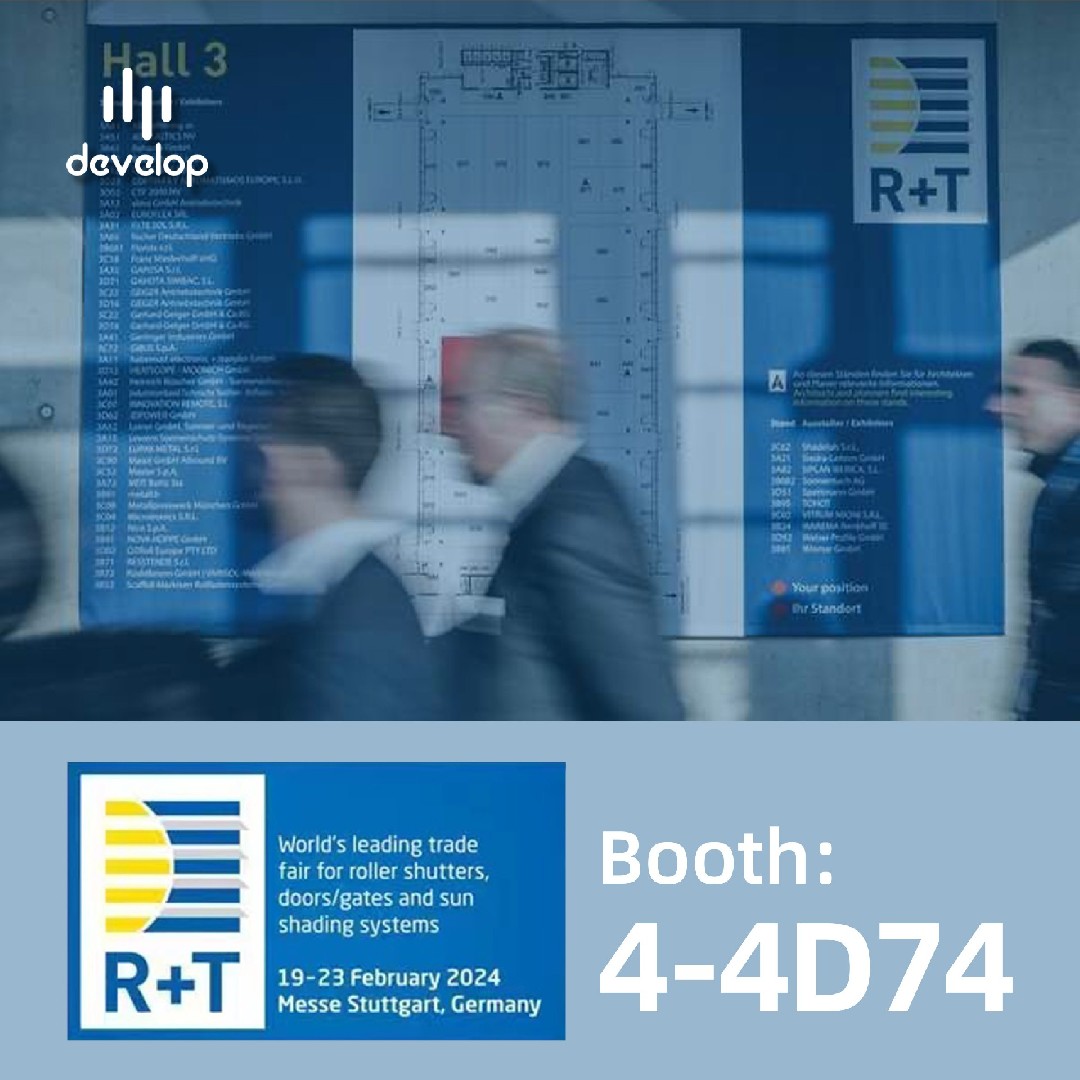Source analysis and control of motor noise
Motor noise mainly comes from three aspects: air noise, mechanical noise and electromagnetic noise, but sometimes the internal noise of the circuit is included as one of the noise sources. The internal noise of the circuit mainly comes from the self-excitation of the circuit, the hum of the power supply, the fluctuation of the electron flow in the circuit components and the thermal movement of free electrons.
1. Air noise
Air noise is mainly caused by the rotation of the fan, which causes the air to flow, impact, and friction. The size of the noise depends on the size and shape of the fan, the speed of the motor and the wind resistance of the wind path.
Fundamental frequency of air noise
Among them, N——number of fan blades; n——motor speed.
The larger the fan diameter, the greater the noise, reducing the fan diameter by 10% can reduce the noise by 2-3dB. However, the cooling capacity will decrease accordingly. When the gap between the edge of the wind blade and the ventilation chamber is too small, a whistle sound (like a whistle sound) will be produced. If the shape of the blades and the structure of the fan are unreasonable, causing eddy currents, noise will also be generated. Because the fan is not rigid enough, it will vibrate when hit by the airflow, which will also increase the noise. In addition, turning to a protruding part can also cause noise.
2. Mechanical noise
Air noise is mainly caused by the rotation of the fan, which causes the air to flow, impact, and friction. The size of the noise depends on the size and shape of the fan, the speed of the motor and the wind resistance of the wind path.
Fundamental frequency of air noise
The rotation frequency of the ball
Where:
dr——ball diameter (mm)
d1-the diameter of the bearing inner ring raceway (mm)
d2-the diameter of the outer ring raceway of the bearing (mm)
Rotation frequency of cage
Among them, N——number of fan blades; n——motor speed (RPM).
The corrugations, pits, and super roughness in the raceways of the inner and outer rings of the bearing are the main causes of noise.
Tests have shown that the noise sound pressure level is proportional to the product of the corrugation height of the rolling surface and the number of corrugations. In addition, the size of the radial clearance also affects the noise, reducing the radial clearance can reduce the noise, but the bearing with a small radial clearance is required to be used in the housing and end cover with high concentricity of the two bearing chambers, and The requirements for the coaxiality of the rotor are increased.
At the same time, the quality of grease is also the main cause of noise. Noise is related to the viscosity of lubricating grease. Tests show that the noise decreases with the increase of viscosity, but when the viscosity increases to a certain value, the noise increases. This is because the oil film has a supplementary effect on vibration, and the viscosity is large and noise Low, but when the viscosity is too high, there will be a stirring sound when rotating.
The influence of installation error on bearing noise. The installation error of the bearing exceeding a certain critical value will cause the bearing noise to increase sharply, and the critical angle decreases as the radial clearance of the bearing decreases. Figure 1 shows the relationship between the installation error angle and noise of a single-row inner bearing at different radial clearances.
3. Electromagnetic noise
The alternating electromagnetic force acting on the air gap between the stator and rotor of the motor will cause vibration and noise in the stator and rotor of the motor. Since the air gap magnetic field not only has the fundamental wave but also a series of higher harmonics, the interaction of these magnetic fields will generate periodic forces. Both the fundamental wave and the higher harmonic electromagnetic force will cause vibration and noise.
The frequency distribution of electromagnetic sound is mostly between 100-4000 Hz. The magnitude of vibration and noise intensity is related to the magnitude of electromagnetic force and the stiffness of stator and rotor. When the electromagnetic force that excites the vibration coincides with the natural frequency of the vibrating component, resonance will occur, and vibration and noise will also increase significantly.
The electromagnetic force has a radial component and a tangential component. The radial component of the electromagnetic force plays a major role in causing vibration and noise of the motor. It causes the stator core to produce radial vibration. The noise generated by the radial vibration is the main component of the electromagnetic noise of the motor. When a single-number slot rotor is used for punching, slot-induced noise becomes the most important part of electromagnetic noise. During the operation of the motor, the single-slot rotor core is periodically subjected to unilateral magnetic pull changes. The reason can be explained by Figure 1.
In figure (a), the upper magnetic pole arc covers three rotor slots underneath, while the lower magnetic pole arc only covers two rotor slots. At this time, the upper magnetic pull force is large, and the lower magnetic pull force is small, so that the stator core can move upward. trend.
When the rotor rotates half a slot pitch, as shown in Figure (b), the lower magnetic pole arc covers three rotor slots, while the upper magnetic pole chord covers only two rotor slots. At this time, the magnetic tension starts Due to changes, the lower magnetic pull is large, and the upper magnetic pull is small, so the stator core has a downward trend. Therefore, during the rotation of the rotor, the stator core generates periodic up and down vibrations. In the same way, the rotor is subjected to periodic unilateral magnetic pull, which causes the rotor to vibrate.
When a double-numbered slot rotor is used, the above situation will not occur, but the slot position changes when the rotor rotates, causing a pulsating magnetic field in the air gap, which may also cause vibration.
According to the above analysis, the generated electromagnetic noise frequency
Where: Z ——Number of rotor slots
In electromagnetic noise, in addition to the noise generated by the above reasons, due to the high-order harmonic components in the current, a harmonic magnetic field is generated in the stator and rotor gas, and uneven torque will also be generated, causing vibration and noise.
Noise identification method
1. Power-off method
Utilizing the characteristics of electromagnetic noise that varies with the strength of the magnetic field, the size of the load current, and the level of conversion, the power supply is suddenly cut off after a period of quiet listening to the motor running at no load, and the part of the noise will disappear immediately as the power supply is cut off. This is electromagnetic noise. After a power failure, the noise generated by the motor continuing to run by inertia is mechanical noise. Repeat several times to be sure.
2. Change the voltage method
When the power supply voltage drops rapidly to a certain limit (the speed does not change significantly), if the electromagnetic noise is the main part of the motor noise, it will vary greatly with the voltage, while other noises are basically unchanged.
3. Current test method
If the stator winding is asymmetrical or internal phase failure or short-circuit between turns, the three-phase current is unbalanced; if the rotor cage is broken or the three-phase rotor of the wound motor is asymmetrical, the stator current fluctuates to identify electromagnetic noise.
4. Drag method
Use a low-noise motor to drive the motor under test to rotate, and lift and lower the carbon brush several times to identify the effect of carbon brush noise.
5. Method of disassembling parts
For the stable characteristics of aerodynamic noise, it can be distinguished by the change of noise before and after removing the fan (small motor) or the external blower (large and medium motor). In addition, by replacing fans with different outer diameters and types, distinguishing the difference in noise at different speeds, the fan noise can also be identified.
Noise control scheme
1. Reasonably design the structure of the motor
(1) Choose the material and structure of the fan correctly: a unidirectional rotating high-speed motor can use a streamlined backward centrifugal fan. For centrifugal fans, the noise of the centrifugal fan is lower than that of the one without the reverse ring; in addition, the basin Fans are less noisy than broad blade fans; aluminum fans are less noisy than nylon fans.
(2) Improve the air path: increase the gap between the outer edge of the fan and the inner cavity of the fan cover or end face, remove obstacles in the air path, smooth the air flow direction, and improve noise.
(3) The stator winding adopts reasonable short distance.
(4) The rotor of the asynchronous motor adopts a relatively inclined double slanted slot structure to reduce the axial force; the DC motor adopts an uneven air gap. The use of magnetic slot wedges in AC motors can not only reduce harmonic losses and improve efficiency, but also reduce electromagnetic noise caused by harmonic magnetic fields.
(5) When the motor in use produces "sweeping bore", the air gap can be appropriately increased to reduce the air gap magnetic density. When the motor power has a margin, the rotor circumference can be reduced to increase the air gap and eliminate the noise caused by higher harmonics, but while reducing it, it increases the no-load current and makes the power factor somewhat reduce.
(6) Properly control the corrugation, pits, roughness and radial clearance of the bearing rolling surface.
(7) Improve the surface machining accuracy and smoothness of the commutator to reduce brush noise.
(8) Increase the rigidity and balance of the machine base. If necessary, use a spirit level to make the foundation level; visually check whether the motor installation angle and the dragging machine are suitable.
2. Ensure excellent assembly process
(1) Choose high-quality bearings. The matching between the bearing and the rotating shaft or the bearing and the bearing seat should be appropriate, and the temperature and time of the bearing hot sleeve should be controlled.
(2) Poor rotor dynamic balance is the main cause of mechanical noise. Therefore, it is necessary to improve the accuracy of the rotor dynamic balance inspection, minimize the effect of eccentricity, and ensure the concentricity of the coupling when the motor is installed.
(3) Select the appropriate type of bearing grease without impurities. The amount of grease applied in the bearing cavity should be 1/3-2/3 of the space inside the bearing room.
(4) Different types of bearings need to be installed according to the requirements of their installation process. In principle, the method of copper rod striking is not allowed in the bearing assembly, otherwise the bearing will be damaged due to uneven force on the inner ring of the bearing. When using the hot sleeve method to assemble the bearing, carefully check the matching dimensions of the bearing and the journal in advance. Because the hot sleeve is different from the cold sleeve, it is not easy to find the matching tolerance and interference between the journal and the bearing during the process of inserting the bearing into the hot sleeve. Whether the degree is appropriate. After the bearing is heated, the motor or other accessories should not be moved to prevent the bearing from shifting.
Other noise reduction methods
(1) For large-capacity high-speed motors with a capacity of more than 10MW and a speed of more than 1000r/min, the use of a rigid isolation cover (with sound-absorbing material on the inner surface) to cover the motor is the most effective way to reduce noise.
(2) A muffler that has little resistance to the airflow and does not affect the heat dissipation of the motor and is convenient for assembly and disassembly is installed in the part where the airflow noise is the strongest.
(3) Avoid mechanical impact on the machine base during transportation.
(4) The motor absorbs electric energy from the power supply, converts it into mechanical energy and then outputs it on the shaft. Therefore, dynamic reactive power compensation and filtering devices are adopted in the power grid to make the harmonic components in the power supply meet the specification requirements, improve the quality of power supply, and ensure the voltage and frequency. Qualified, the three-phase voltage is balanced to control the noise of the motor.
(5) The bearing cover should not be opened when the motor is running; keep the motor clean; replace the grease regularly; clean the commutator surface frequently to maintain good lubricating contact.
Article source: Wangcai Motor and Electronic Control, Today's Motor























